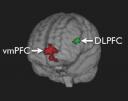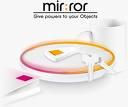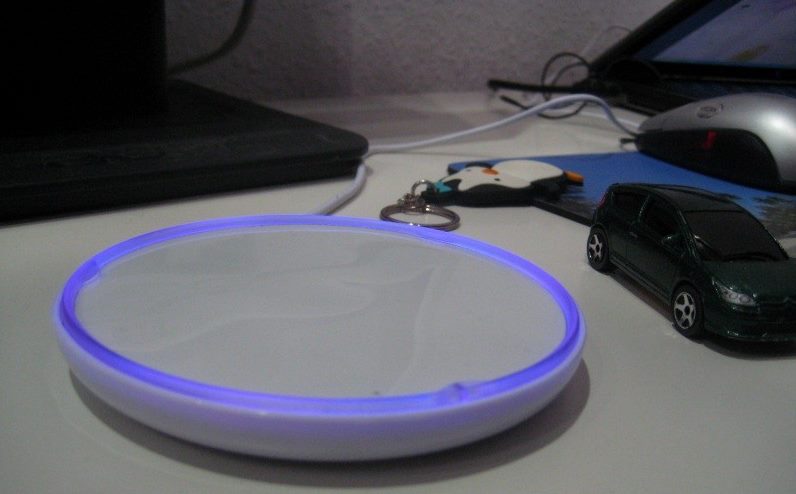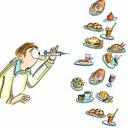Caltech Researchers Find Willpower in Brain Scan
Friday, May 1st, 2009Creating designs that help people manage issues of self control and regulation is a central challenge in cognitive design. Staying on a diet, doing your exercises, avoiding smoking/drinking, saving rather than spending or making other value laden decisions requires willpower.
 Some believe willpower is a character trait not a brain or cognitive function. Fortunately, researchers at the California Institute of Technology may have dispelled that belief by pinpointing the Mechanism of Self-Control in the Brain.
Some believe willpower is a character trait not a brain or cognitive function. Fortunately, researchers at the California Institute of Technology may have dispelled that belief by pinpointing the Mechanism of Self-Control in the Brain.
They found:
“While everyone uses the same single area of the brain to make these sorts of value-laden decisions, a second brain region modulates the activity of the first region in people with good self-control, allowing them to weigh more abstract factors–healthiness, for example–in addition to basic desires such as taste to make a better overall choice.”
 Looking at the diagram (Credit: Caltech/Todd Hare) the green region is the self-control center and the red region is the area that supports making the value laden decision. We all have the red region but not the green, at least not to the same extent. Those with more green have more willpower!
Looking at the diagram (Credit: Caltech/Todd Hare) the green region is the self-control center and the red region is the area that supports making the value laden decision. We all have the red region but not the green, at least not to the same extent. Those with more green have more willpower!
Although this finding does not providing specific guidance for cognitive designers seeking to “design for willpower”, it does provide some support for believing such efforts will be effective.


 Time Magazine
Time Magazine







